Exact Answer: 24 hours
Having a pool in your backyard sounds fantastic, but it demands a lot of work and attention to sanitation and safety. Swimming pool water easily gets contaminated with bodily fluids and atmospheric particles that may pose several health risks if not treated. Pools become a breeding ground for bacteria, fungus, and algae in no time.
Therefore, it becomes essential to shock your pool with chlorine or non-chlorine chemicals from time to time to ensure a healthy pool environment. The process of pool treatment with shock raises the free-chlorine level in the pool to get rid of contaminants. It is commonly suggested to shock your pool every week during the swimming season.
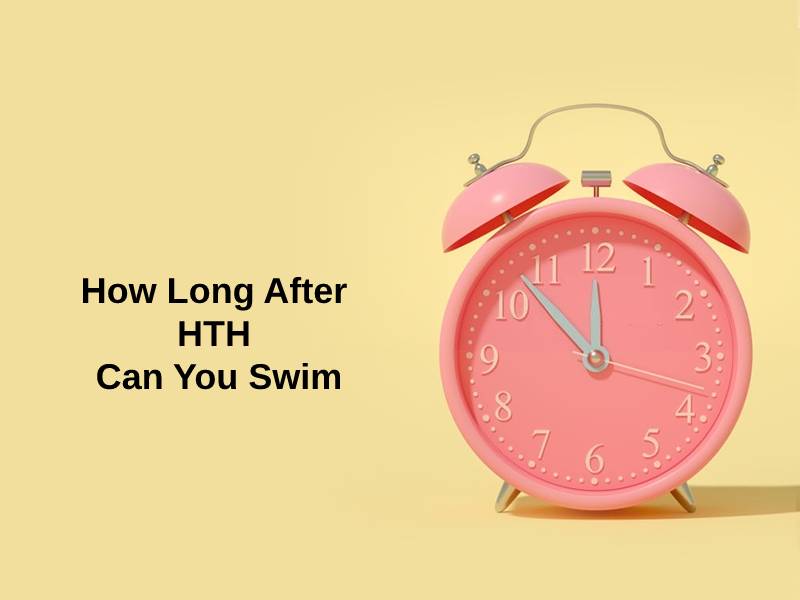
How Long After HTH Can You Swim?
The need to shock a pool depends on how frequently it is used and the weather conditions. Though a pool can be shocked with chlorine tablets, there are several better alternatives. The most common product used to shock a pool is HTH or calcium hypochlorite. The product is sold in a granular form and contains 65% or more chlorine. Being cheap and convenient to use makes it the most widely used product in pool treatment. It is best recommended to shock your pool with HTH after dusk as the UV rays from the sun tend to soak the free-available chlorine in the pool water.
Once you have shocked your pool, you’re probably wondering how long you need to wait before you can go in for a dip. The answer varies. In some cases, you are free to swim as soon as you wish, but for others, you might need to wait about 24 hours before diving in. The waiting period primarily depends on how dirty your pool was, which determines the amount of shock used and the time required to increase the free-chlorine levels.
It is recommended to shock your pool in the evening and leave it overnight before taking a swim. However, depending on the requirement, you need to wait one hour per pound of HTH used. You are safe to swim after the pool water has achieved a pH between 7.2 to 7.8ppm and free available chlorine of 1-4ppm.
On average, it is suggested to wait around 8 hours after HTH shocking before you can swim.

| Description | When to swim after HTH treatment |
| Per pound HTH product used | 1 hour |
| Average pool size | 8 hours |
Why Should You Swim This Long After HTH?
Pool shocking treatments, though essential for keeping pools free from bacteria and algae, could be very dangerous if not handled properly. Swimming in a recently shocked pool poses several health risks. The level of risk depends on how long you wait before stepping into the pool. Therefore, you must absolutely avoid going for a swim in a recently shocked pool for a certain period.
The HTH treatment contains a high amount of chlorine and is extremely corrosive. Improper handling of the product may cause fires, explosions, or the release of toxic gases. Swimming within 8 hours in a pool treated with HTH is very harmful to health.
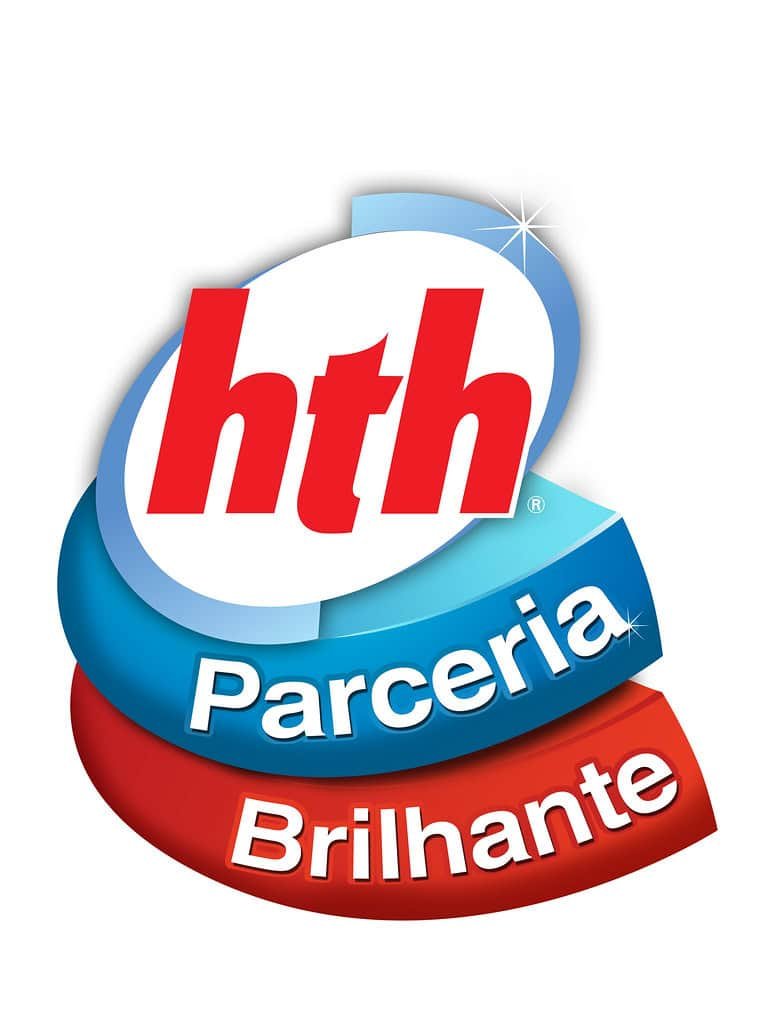
The potential dangers of swimming in a recently shocked pool are:
- Inhalation: The product, being extremely corrosive could be fatal if inhaled. It may harm the tissues of the upper respiratory tract and mucous membranes.
- Ingestion: Being highly corrosive, it is fatal when swallowed. It causes severe burns of the stomach, mouth, and throat.
- Eye Contact: It causes extreme tissue burns leading to redness and pain in the eyes and blurred vision.
- Skin Contact: Its corrosive nature is very harmful to the skin and leads to severe burns and rashes.
- Repeated Exposure: Chronic exposures of HTH may lead to bronchitis and difficulty in breathing
Conclusion
Therefore, entering a pool soon after HTH treatment could risk anywhere from skin damage to fatality. It is necessary to wait for a determined amount of time after the treatment before going for a swim. The clarity of the water in the pool can determine if it’s safe to go or not. You must avoid going into the pool if the floor is not visible. You must also test the water for pH and chlorine levels to ensure they are within the required range.
For the safest measures, it is best to shock the pool in the evening and leave it overnight before going in for a swim.

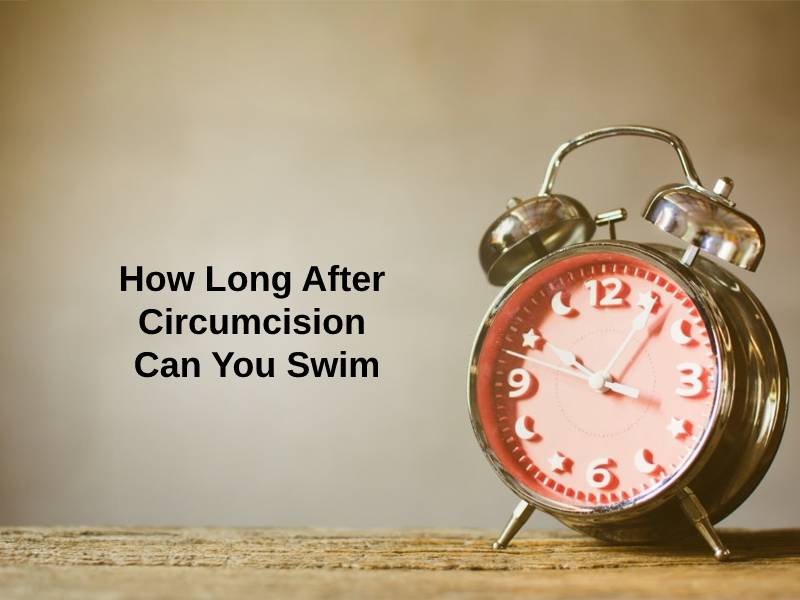
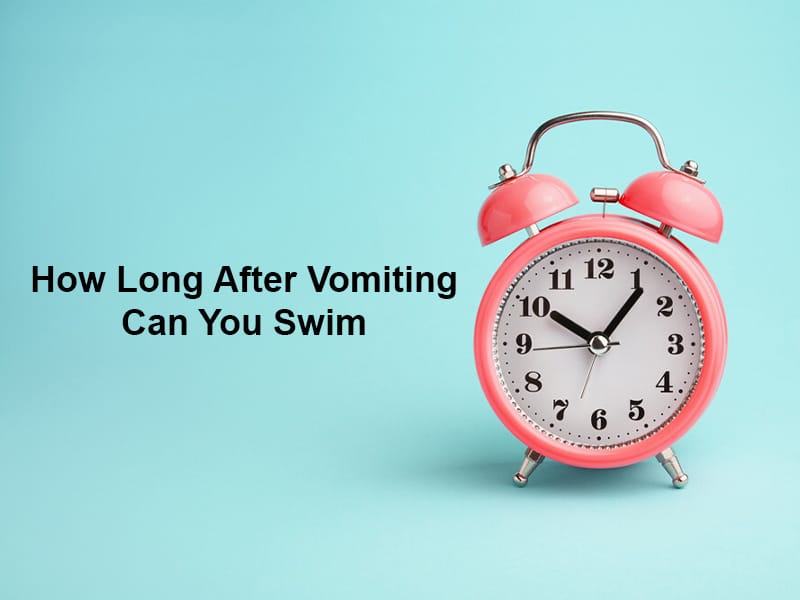
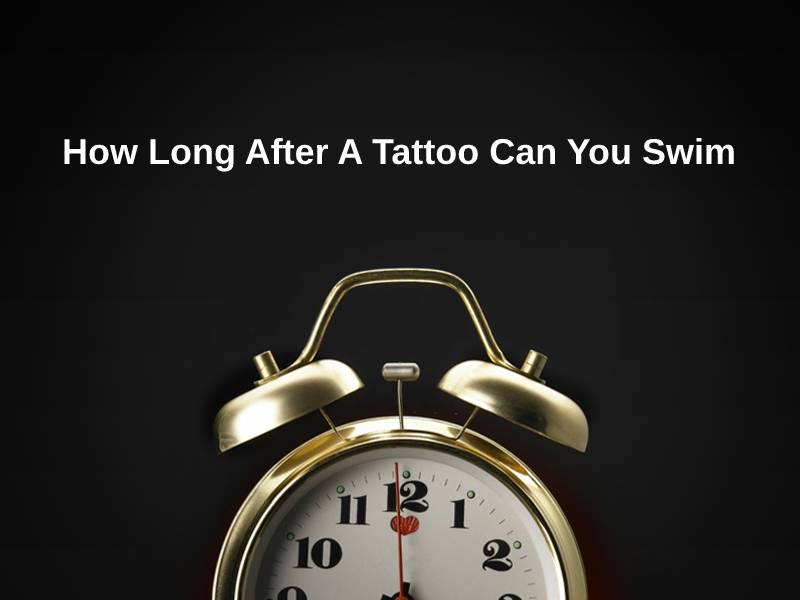
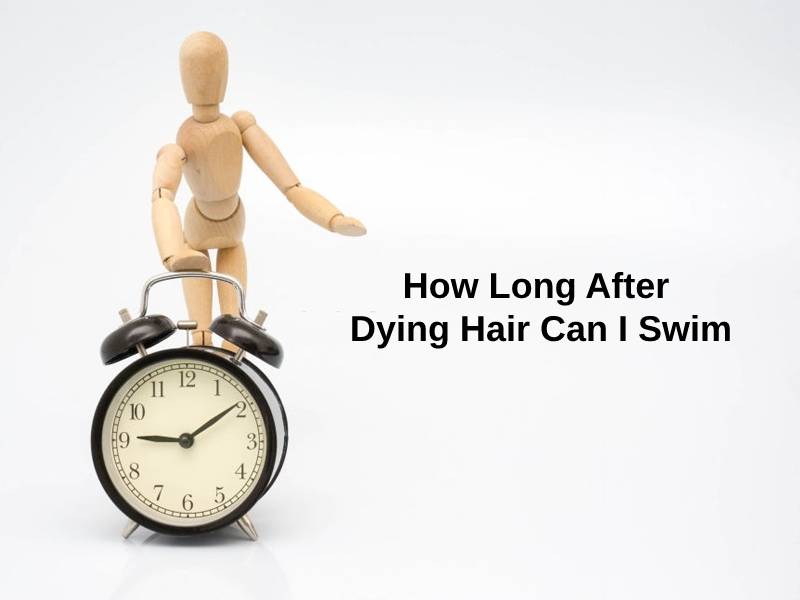

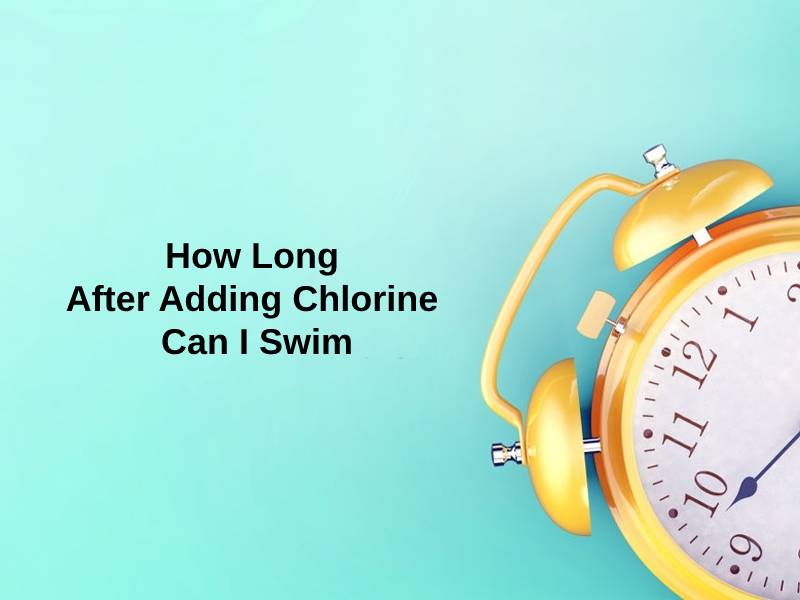
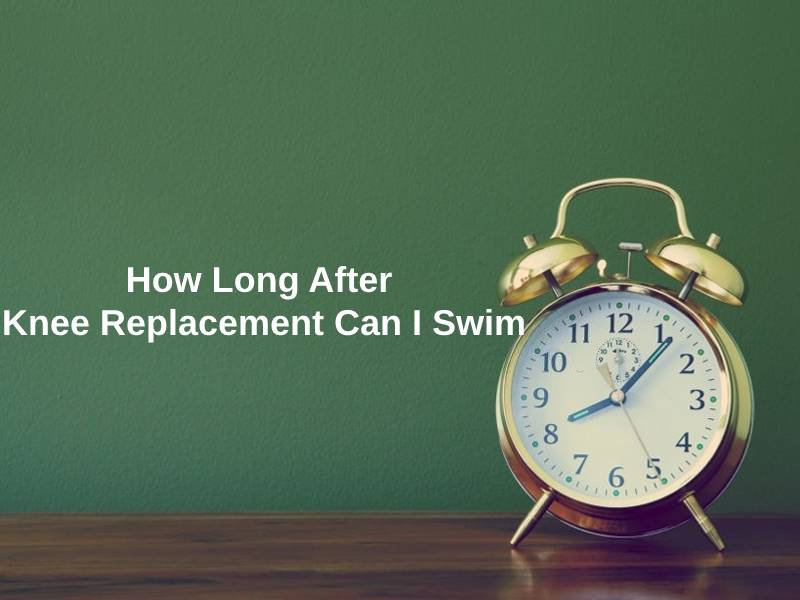

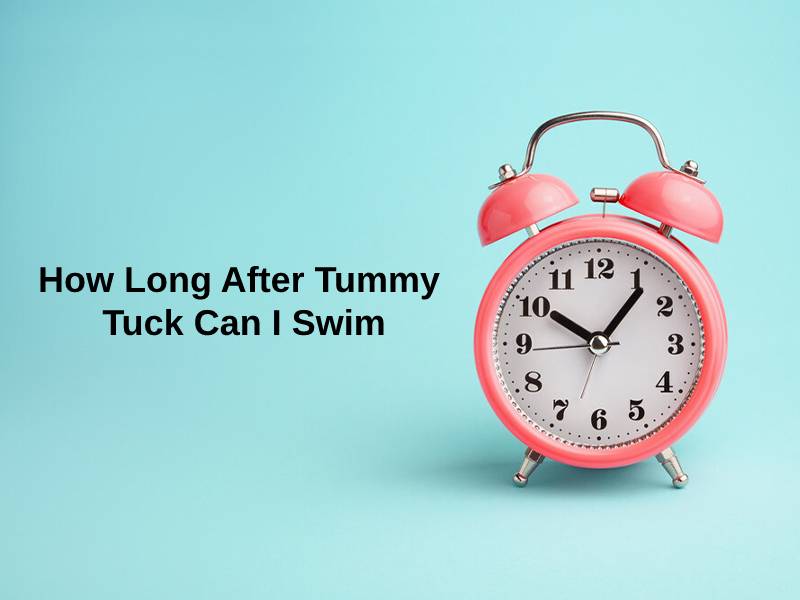

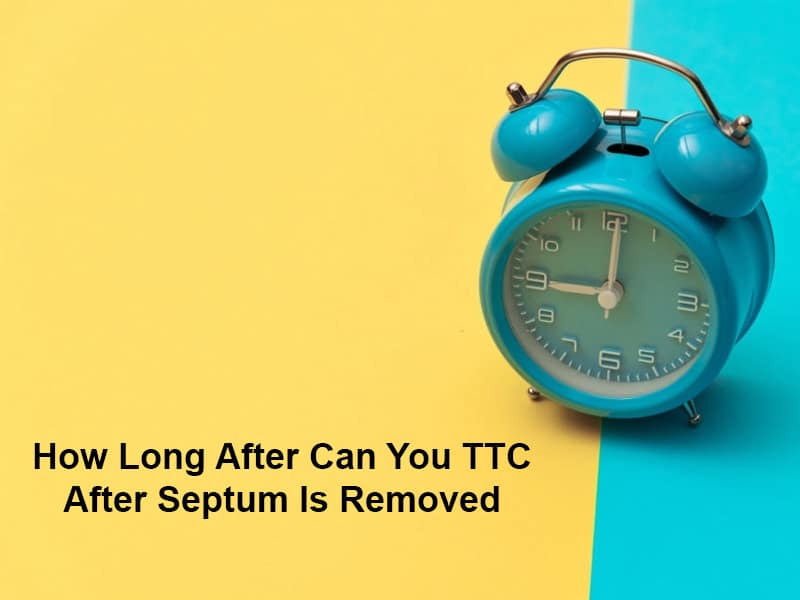




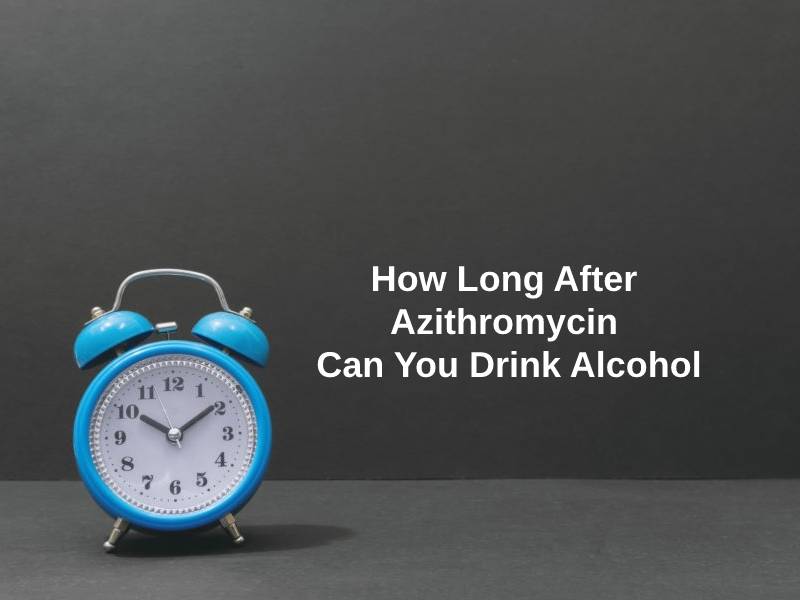
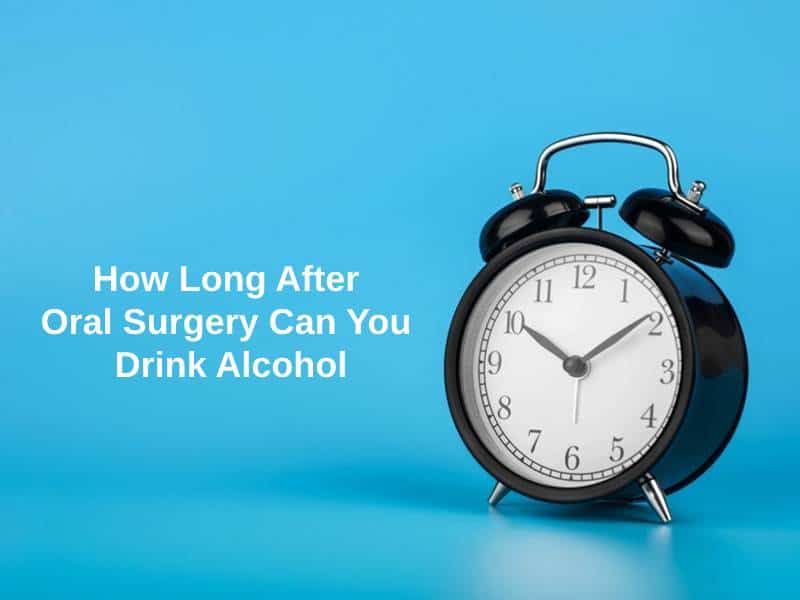
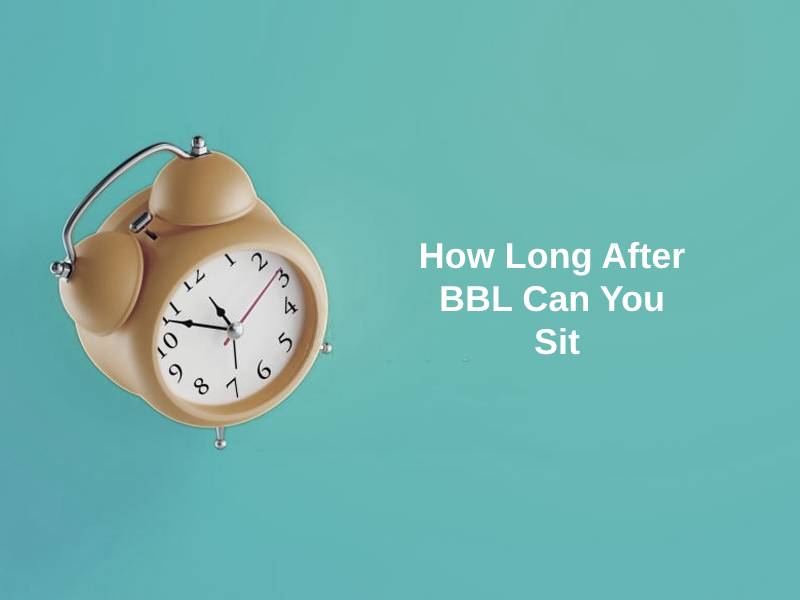


Good to know this information. It was great information to know about the pool treatments.
Thanks for the recommendation on shock timing.
I’ll be more careful now.
I always wondered about this. Now that I know it is quite dangerous, I’ll be more careful. I find this post information very informative.
Thanks for the recommendation on shock timing.
This is great information. It was great information to know about the pool treatments.
This is great information.
I find this post information very informative. It was great information to know about the pool treatments. It’s crucial to shock the pool in the evening.
I’ll be more careful now. Good to know this information.
Thanks for the recommendation on shock timing.
Thanks for the recommendation on shock timing.
This is great information. I’ll be more careful now.
I always wondered about this. Now that I know it is quite dangerous.
Thanks for the recommendation on shock timing.
This is great information. It’s interesting what precautions should be taken regarding swimming pools.
I always wondered about this. Now that I know it is quite dangerous, I’ll be more careful.
This is great information. It’s interesting what precautions should be taken regarding swimming pools.
Good to know this information.
Thanks for the recommendation on shock timing.
I’ll be more careful now. Good to know this information. It’s crucial to shock the pool in the evening.
Good to know this information.
Thanks for the recommendation on shock timing.
Thanks for the recommendation on shock timing. This is great information.
Good to know this information.
I always wondered about this. Now that I know it is quite dangerous, I’ll be more careful.